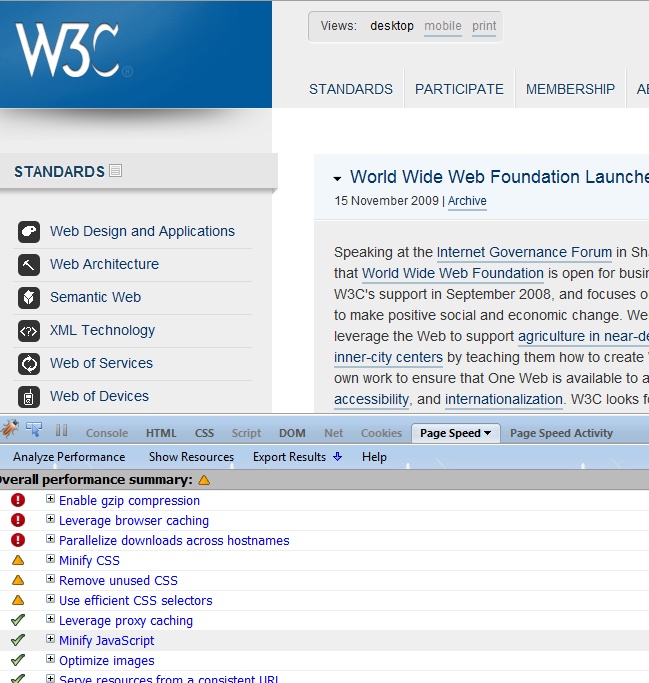By now your repast is complete if you’re in North America. Thanksgiving, day of gluttony, football and planning visits to buy stuff for the next holiday, is in your rear view mirror. Except for the cleanup.

And as you put away the good table settings and decide whether you should have turkey sandwiches for lunch or dinner, the four days many businesses take off during this week are a great time to remember potential festering customer problems.
In my family, our three sons — two of whom have actual restaurant experience — are infamous for “letting dishes soak”. Water works on the yucky stuff at the bottom of pots and pans, they argue, and magically loosens burned, baked-on gloop. Their idea is to let dirty dishes soak for a day or two in the sink in the hopes that said dishes are then clean enough to risk to the dishwasher.
Dad, meanwhile, is infamous for cooking two or three courses of a meal and washing each pot and pan as the food is prepared, even when they’re still warm to the touch. That’s the secret, I insist to them. Cool down the dirty dish or pot enough to handle it and attack the grime then. The cleaning is actually easier and you get the benefit of sitting down to a meal knowing the worst of the cleanup is done.
But many businesses treat their most problematic customers like my children dirty dishes. They put them in a pile in the sink, squirt some dish-washing detergent over them to hide the worst of the appearance and hope that time and apathy will make the later work easier. Inattention is the wrong way to handle cleanup and certainly the wrong way to handle customers.
In Big Thinking’s series on Communicating Bad News, we wrote that businesspeople had to be honest about the rules. Ignoring issues in the hopes that time, chemistry or dancing fairies with magical candy canes fix the issue may not be dishonest, but it’s disingenuous. By openly communicating, we keep clients a lot longer than search agencies serving small businesses. We admit to errors, and we tackle them immediately and openly, just as my sons should do with their dirty dishes when they prepare a meal. You need to do the same in your business.
This is the day after Thanksgiving. Your business may or may not be open today. That doesn’t matter. Send a simple email right now to the customer with whom you have the biggest unresolved issue. Explain that the business is closed today, but that you will personally take responsibility for reaching out to them Monday morning and tackling the issue. Then go do that. You have nothing more important on your calendar. There is no other customer matter, no appointment, no internal matter, nothing — more important than that customer problem. The businessperson who doesn’t realize that issue is on the path to failure. Go tell Bill Marriott or Warren Buffett or Steve Jobs that some big finance deal is more important than a customer. Tell them that Monday’s show and tell manager’s meeting is more important than keeping a customer happy. If you do happen to tell them, my friends who run a job search site can help you out after.
Customers are not dirty dishes. Go take care of the issues that really pay the bills and prioritize them accordingly. Go do it now. We’ll be here later to talk about other business issues.


